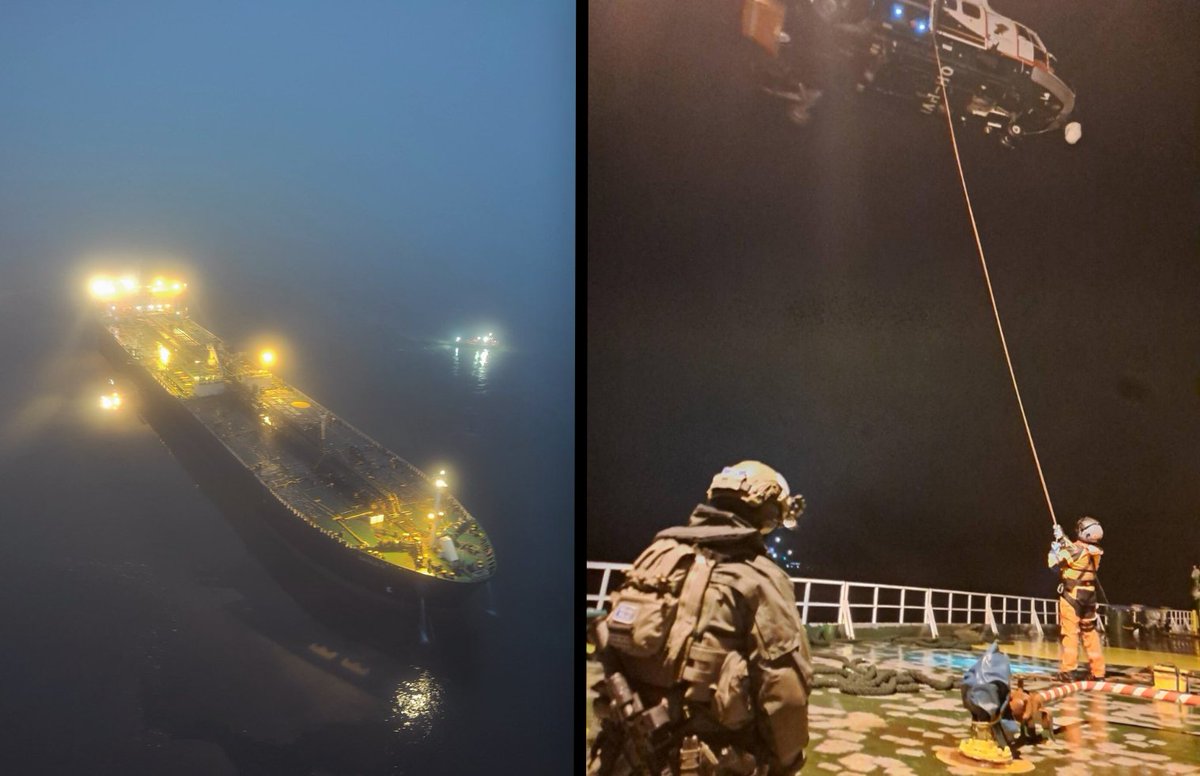After six months of combat in the Kursk salient, the Ukrainians launched another attack in the southeastern direction of Sudzha. The Ukrainians seemingly breached the first Russian defences, and an armored column managed to advance up to 5-7 kilometers deep towards Ulanok. 1/ 

The attack was carried out by a battlegroup of likely 1-2 battalions in size, also equipped with engineering vehicles. Ukraine has a relatively large grouping of air assault, mechanized and other brigades in Kursk, but it’s unclear which participated in this operation. 2/
The attack appeared to advance on a narrow front towards Ulanok. The troops took control of the small villages of Cherkasskaya Konopelka and Fanaseevka along the road. It is unclear how far the Ukrainians advanced – possibly as far as the outskirts of the village of Ulanok. 3/
However, the Russian countermeasures began quickly, and soon images and videos of destroyed or damaged Ukrainian equipment were posted. As of today, the attack on Ulanok was seemingly halted – or at least there has been no credible claims that Ukrainians would have taken it. 4/
What did Ukraine achieve? This morning Ukrainians were still present in Cherkasskaya Konopelka, which means they took it at least momentarily. Situation in Fanaseevka is unknown. It remains to be seen if Ukraine is able to consolidate the captured positions. 5/
Expanding to the east is understandable, As Russia pushes further towards Sverdlikovo on the western flank of the Kursk salient. The terrain in the area could enable the Ukrainians to take favorable positions along the Psel river, pushing Russia further away from Sudzha. 6/
A supporting attack from the south, for example towards Plekhovo, could have been needed for larger success. I’m not sure what exactly was the desired outcome of this – possibly just to secure better positions around Sudzha. The coming days will show if they managed to do it. 7/
Our team at @Black_BirdGroup continues to follow the war. Check our map for daily updates. If you want to see the daily changes more clearly, you can open map layers from previous days, weeks and months from the left column. 8/8
scribblemaps.com/maps/view/The-…
scribblemaps.com/maps/view/The-…
• • •
Missing some Tweet in this thread? You can try to
force a refresh












